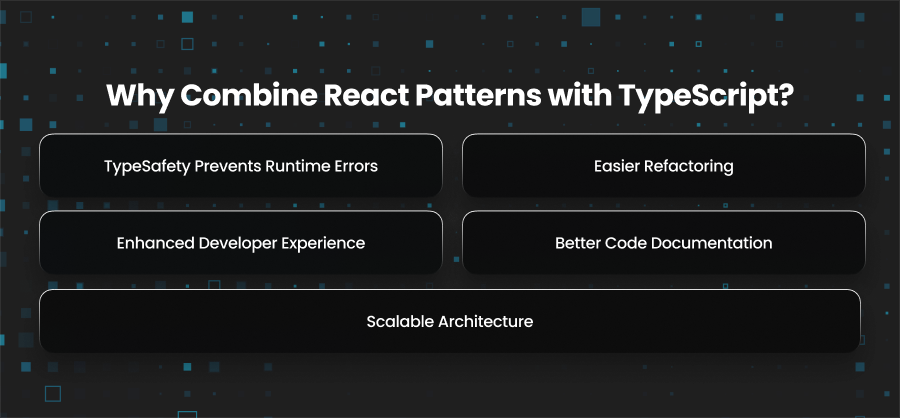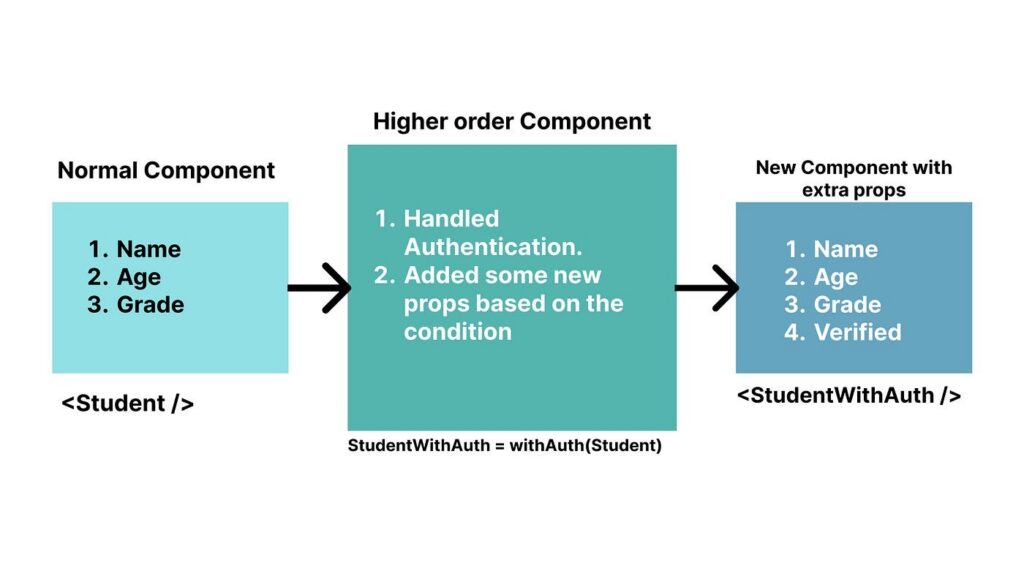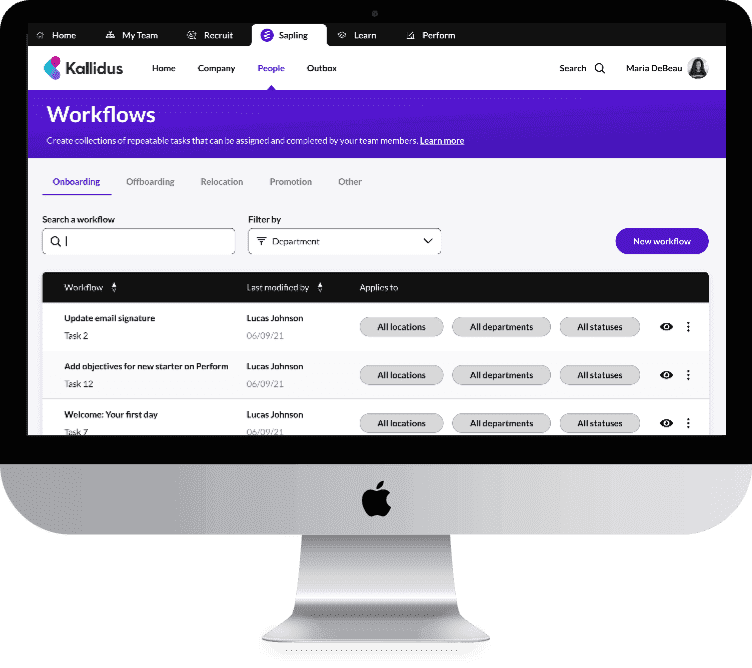Over 1.3 million websites in the world use React to design their appearance and functionality for visitors. This is due to its declarative language and component based design, which facilitates the creation of dynamic and interactive interfaces. However, maintaining scalability and managing state become significant issues as systems get more sophisticated.
But advanced React patterns can help. Developers may more effectively arrange logic and produce maintainable code architectures by using these patterns. However, what makes these patterns more effective is combining them with TypeScript. Also, TypeScript adds type safety and better tooling, which together make complex React applications much more reliable.
In this guide, we’ll discuss the most important advanced React patterns and explore how TypeScript enhances the safety and predictability of implementing them.
Why Combine React Patterns with TypeScript?

TypeSafety Prevents Runtime Errors
The fact that TypeScript guards against an entire class of runtime mistakes is one of its greatest benefits. Props and context are frequently used by components in a big React project to share data. Errors are common with simple JavaScript, such as supplying a string in place of a number or failing to add a necessary attribute. These errors frequently only show up when the program is operating, which might result in difficult to trace issues.
This issue is resolved by TypeScript, which carries out type checks while work is on. Additionally, TypeScript makes sure that only data with the precise shape that a component is intended to receive can be passed in. When compiling, it instantly notifies the developer if anything is missing or formatted wrong.
Because sophisticated React patterns require numerous layers of abstraction, this kind of safety becomes extremely crucial. Complex logic is kept dependable by TypeScript, which enforces uniform data structures across all components.
Easier Refactoring
Applications gain new functionality over time, and system components are redesigned for clarity or speed. Such modifications can be dangerous in JavaScript as it’s hard to keep track of all dependencies and make sure that modified components don’t interfere with already existing functionality.
Also, with TypeScript, refactoring becomes much safer. Because your whole React application is typed, the compiler detects inconsistencies in modifications instantly. For instance, TypeScript will identify all regions that depend on the previous structure if you change a property’s name or a data object’s structure. As a result, developers may rewrite code with confidence and not worry about hiding problems.
When working with reusable logic patterns, such as custom hooks or higher level components, this is quite helpful. Since these patterns are frequently used in several areas of an application, a single mistake can have a significant effect. TypeScript minimizes that risk by ensuring that all related components stay consistent after modifications.
Enhanced Developer Experience
In addition to being dependable and safe, TypeScript greatly enhances the development process. TypeScript is used by contemporary editors like as Visual Studio Code to offer intelligent auto completion and rapid access to type information. This implies that developers write more insightful logic and spend less time speculating about how to use a function or component.
So, when implementing advanced React patterns, this becomes a major advantage. For example, TypeScript assists in automatically inferring types and identifying incompatible ones when building custom hooks or wrapping components with higher order functions. This lowers the overall learning curve for new team members and increases productivity for seasoned engineers by making difficult code seem natural and well guided.
Better Code Documentation
The way TypeScript enhances code readability and functions as built-in documentation is another overlooked advantage. The types themselves explain how data moves through your application rather than depending just on comments or external documents. A new developer can instantly understand what a component expects and returns, just by looking at its type definitions.
When applied to advanced React patterns, this self documentation becomes even more valuable. For example, a custom hook that handles data fetching or authentication can clearly define what type of data it returns and what states it manages.
Scalable Architecture
As React applications change, maintaining predictability becomes a challenge. Complex state management and shared logic can easily become tangled without proper boundaries. Advanced React patterns are designed to solve these architectural issues, but TypeScript takes them to the next level by enforcing structures and consistency throughout the system.
What Advanced Patterns Every React Developer Should Know?
Compound Components

One effective technique for creating adaptable, unified component systems that function as a unit is the Compound Component Pattern. Additionally, it enables developers to design a parent component that, without hardcoding certain settings or properties, controls the behavior and data flow amongst its children.
Consider building a dropdown menu or form, for instance, where several child components must interact with a common state. Instead of passing multiple props through each component, compound components allow the parent to manage the shared logic internally. The children access this shared context, making the code cleaner and easier to extend.
When creating reusable UI libraries, where adaptability and composability are crucial, this method is quite helpful. Similar to how frameworks like Radix UI or React Router organize their components, developers may create a component set that is easy to use. With TypeScript, compound components become even more useful, as type definitions ensure that only valid child components are used together. Hence, this reduces runtime errors and improves development consistency.
Render Props

By using a function that produces React elements, the Render Props approach offers a means for components to exchange functionality. Furthermore, by enabling a component to assign a portion of its rendering to the user, this method promotes dynamic composition and reusability.
Render properties allow developers to create flexible interfaces where users may choose how data or action is shown, as opposed to utilizing static layouts or strict component hierarchies.
For instance, a component handling mouse movements or API calls can expose this logic to other components through a render function. This means developers can reuse complex functionality across multiple parts of an app while maintaining full control over the UI.
TypeScript enhances this pattern by clearly defining the types of data passed through render props. This ensures that components using them receive exactly the expected properties and values.
Higher Order Components

One of the most sophisticated methods in React is the Higher Order Component pattern. It entails developing a function that accepts an input element and outputs a new element. Essentially, it’s a method of adding new features and reusing logic without changing how the original component was constructed.
A number of React packages also employ HOCs, such as the connect function in Redux. They enable developers to neatly divide concerns.
Because type definitions guarantee that the wrapped component receives the appropriate props, TypeScript gives HOCs an additional layer of resilience. Clearer contracts between layers are provided, and the possibility of mismatched data is decreased. Even though hooks are now more common in contemporary React development, HOCs are still crucial for keeping codebases clean.
Custom Hooks with Generics
Custom Hooks changed how developers handle reusable logic in React. They let developers turn shared behavior into stand-alone routines that other components can use. However, custom hooks achieve a completely new degree of freedom when paired with TypeScript generics.
Additionally, generics enable programmers to design hooks that may accommodate many data types without repeatedly rewriting the same logic. A data fetching hook, for instance, can function flawlessly with any sort of response while still ensuring robust type safety. This ensures that components consuming the hook always know exactly what data shape they are working with.
Additionally, React developers may enforce consistent data handling practices across their apps by using generics. Additionally, by eliminating repetitive code, this approach not only prevents issues but also boosts developer efficiency.
Context & Provider Pattern

A key idea in React for controlling and distributing global state throughout an application is the Context and Provider paradigm. This pattern enables developers to provide a central data source that is accessible by any component inside its provider tree, as opposed to passing props down numerous tiers.
This is especially useful for managing themes and authentication settings that multiple components depend on. Also, the Provider component acts as the main distributor of data, while the Context Consumer or custom hooks retrieve and use this data wherever needed.
The Context pattern is considerably more dependable when paired with TypeScript. Additionally, TypeScript aids in defining the context’s form, guaranteeing that users always access accurate data and avoiding frequent mistakes like improper property names or undefined values. Developers can also create intricate state-sharing systems with several providers, such as those for controlling user sessions or user interface settings.
This paradigm encourages a distinct separation of duties by separating state management from user interface components. When utilized properly, it results in code that is more organized and clean.
Best Practices for Using Advanced Patterns with TypeScript

Clear Type Definitions
You should always begin by defining your types clearly. Whether you are describing component props or context values, having well structured interfaces and types ensures your components remain easy to use and understand.
Type definitions serve as a contract between your codebase’s various sections. Strong typing, for example, guarantees that only the appropriate child components are used together in compound components. Similarly, in custom hooks, generics can make your logic reusable across various data types.
It’s also a good practice to use Type Aliases and Interfaces consistently. While interfaces are great for defining object shapes and extending types, aliases work well for unions and more flexible type structures.
Use Generics to Make Logic Reusable
One of TypeScript’s best features is its generics, which allow you to design components and functions that work with a variety of data types without duplicating code. Additionally, generics come in very handy for creating render prop components or custom hooks.
For instance, you may create a single generic hook that changes according to the expected response type rather than developing several hooks to retrieve data from various APIs.
Generics also encourage type inference, which allows TypeScript to automatically identify the type being used in a given instance, improving developer convenience while preserving security.
Utilize Utility Types for Cleaner Code
You may quickly edit and enhance existing types with TypeScript’s extensive collection of utility types, including Partial. These tools come in quite handy when working with sophisticated React patterns.
For instance, when creating reusable form components, you may want to make certain props operational or create variations of a type for different UI states. Utility types allow you to dynamically modify existing types rather than creating new ones from start. Consequently, this ensures consistency across your application.
By purposefully utilizing these capabilities, you may simplify your code and delegate more repetitive work to TypeScript.
Avoid Overengineering
Overengineering is one of the most frequent errors developers make when integrating TypeScript with sophisticated React techniques. Writing extremely complicated or deeply nested types might make your code more difficult to maintain, even if TypeScript promotes accuracy.
Additionally, keep your type definitions simple when using patterns like render props or higher level components. Moreover, use inference whenever possible, and document complex type relationships clearly.
Combine Context with Custom Hooks
While the Context API is an excellent tool for managing global state, accessing it directly across multiple components can make your code verbose. A cleaner approach is to wrap your Context logic inside custom hooks.
TypeScript can help enforce that only components within the correct provider tree access the right context.
Final Words
React patterns with TypeScript enables developers to build scalable abd type safe applications. Therefore, teams may decrease defects and enhance communication by fusing the flexibility of React with the accuracy of TypeScript. Corporate apps with more efficient development processes are also guaranteed when best practices are followed.



















